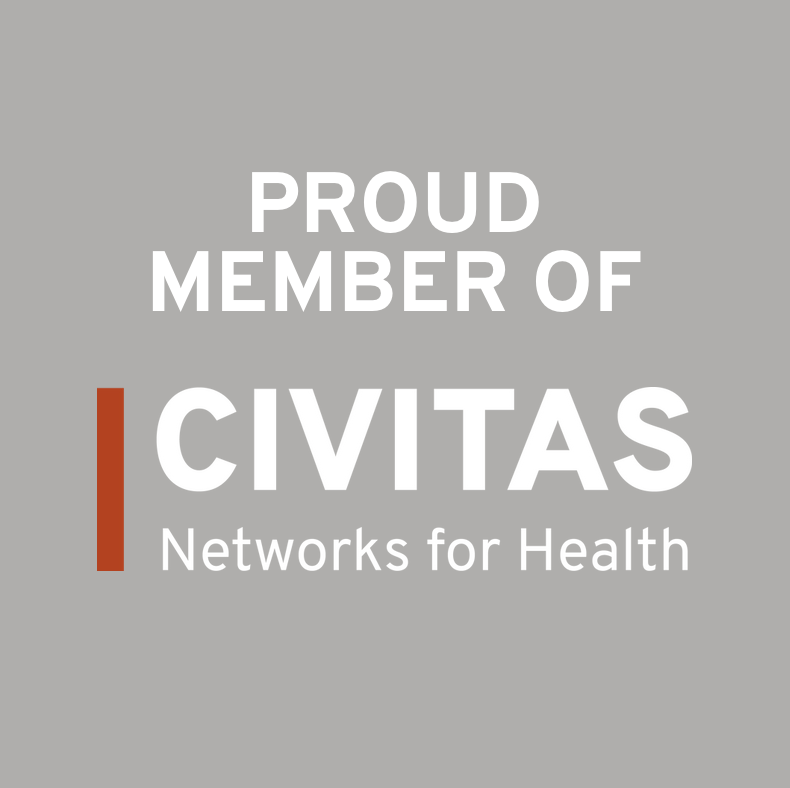Minnesota Health Care Quality Shows Mixed Performance in 2022
August 31, 2023
For Most Measures, Quality Has Not Returned to Pre-Pandemic Levels
MINNEAPOLIS – August 31, 2023
Statewide performance on key measures of health care quality improved in 2022 but remains below pre-pandemic levels, according to a new report from MN Community Measurement. The Minnesota Health Care Quality Report Part 1: Clinical Quality Measures Reported by Medical Groups includes information about trends for measures of health care quality, including asthma, depression, diabetes, heart disease, and colorectal cancer screening. The report includes data on statewide averages and trends, along with variation across medical groups and regions. Data on quality performance by specific medical groups and clinics is included in detailed appendices.
The new results come from data reported to MNCM in 2023, covering services received by patients in 2022. The report includes a total of 20 measures (11 for adults, and 9 for children and adolescents). Report highlights include:
- Statewide rates for six quality measures improved in 2022, including diabetes care, mental health screening for adolescents, follow-up for depression care, and the use of specific tools for assessing symptoms in people who have depression.
- Statewide rates for twelve quality measures worsened in 2022, including for colorectal cancer screening, adult depression remission and response one year after diagnosis, optimal vascular care, and optimal asthma control for children.
- Statewide performance for many measures remains below pre-pandemic levels. For example, the rate of optimal vascular care for adults in 2022 was 5.0 percentage points below the rate for 2019 (55.3 percent vs 60.3 percent). For children, there was a 5.0 percentage point gap between the rate of optimal asthma care in 2022 vs. 2019 (53.5 percent compared to 58.3 percent).
- Statewide rates of colorectal cancer screening declined substantially in 2022 (from 72.2 percent to 67.8 percent). In part, this decrease was because the age group for whom screening is recommended expanded to include people aged 45 to 49. Even without the expansion of the population included in this measure, however, the rate would still have decreased by a statistically significant amount in 2022.
“This report is a call to action that we need to pay sustained attention to improving health care quality in Minnesota,” said Julie Sonier, MNCM President and CEO. “We know the health care system is still recovering from the financial and staffing impacts of the COVID-19 pandemic, and that certainly doesn’t make it easy. But even just getting back to where we were before the pandemic – which itself had a lot of room for improvement – would improve care and outcomes for tens of thousands of Minnesotans.”
The report includes performance data for approximately 117 medical groups that operate over 750 clinics in Minnesota and border communities in neighboring states.
Importance of Measurement
Measuring and reporting on health care quality helps consumers understand how care varies across providers, allows providers to identify improvement opportunities and how their measures compare to others, and helps health plans and other purchasers better understand and improve value for money that is spent on health care.
“Minnesota is unique in the capabilities that we’ve built to measure and report on health care outcomes,” said Sonier. “Having a common set of priorities and a common trusted source of data have been huge assets to Minnesota in focusing efforts to drive improvement.”
About MN Community Measurement
MN Community Measurement is a nonprofit organization dedicated to empowering health care decision makers with meaningful data to drive improvement. A trusted source of health care data since 2005, MNCM works with doctors, hospitals, clinics, insurance companies, and state agencies to collect, analyze, and report health care data related to quality, cost, and equity of health care. Learn more at www.mncm.org.
Posted in Press Release
Recent Posts







